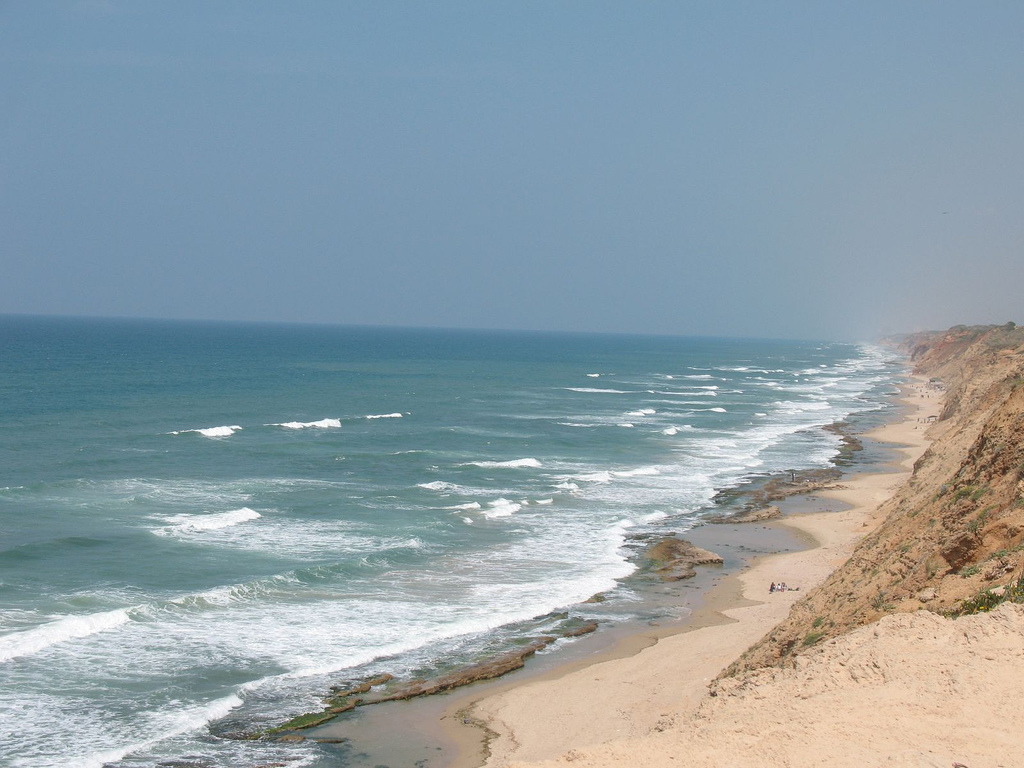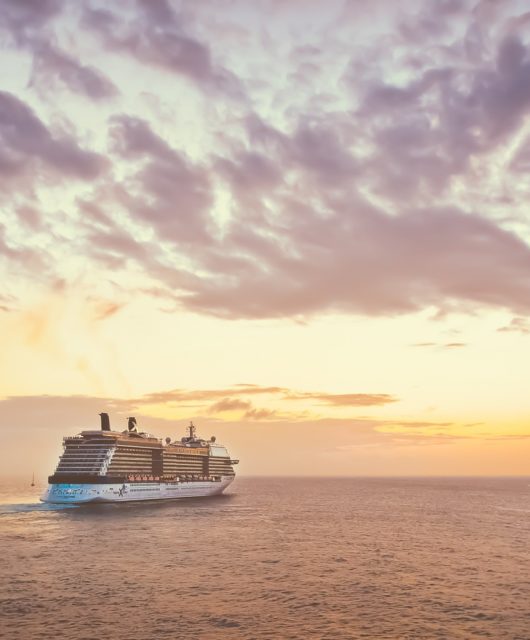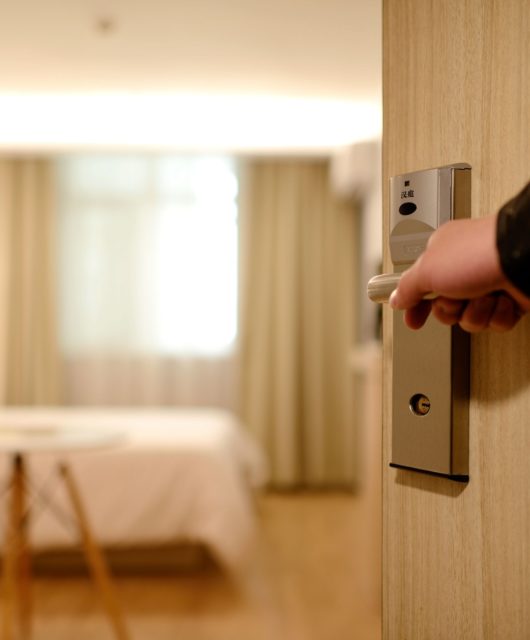Top Beaches in Israel
 Israel is a very small country but it is blessed with four very distinct bodies of water. The country is bordered on the west by the Mediterranean while Eilat in the south is a port and resort city on the Red Sea. The Dead Sea, the lowest place on earth, lies between Israel and Jordan. And in the north, Israel is home to the Sea of Galilee, a freshwater lake also known as the Kinneret. Each of these seas offers a unique beach experience and not all tourists have an opportunity to visit them all.
Israel is a very small country but it is blessed with four very distinct bodies of water. The country is bordered on the west by the Mediterranean while Eilat in the south is a port and resort city on the Red Sea. The Dead Sea, the lowest place on earth, lies between Israel and Jordan. And in the north, Israel is home to the Sea of Galilee, a freshwater lake also known as the Kinneret. Each of these seas offers a unique beach experience and not all tourists have an opportunity to visit them all.
Coming to Israel can be a bit expensive, but you don’t need to win the EuroMillions lottery to afford a visit to the beaches. Most of them are public with free entrance, although some of them charge for parking. Facilities may differ but sunshine and warm weather are guaranteed a good part of the year. If your familiar with the game of matkot (the local version of paddleball), you’ll be sure to find a match on some of the top beaches of Israel.
Tel Aviv Beaches (Mediterranean)
Tel Aviv boasts 14 kilometres (9 miles) of Mediterranean beaches and each section of the coastline has its own name and distinct characteristics. Some of the beaches cater to different groups of people. The Nordau Beach is suitable for religious Jews as it is segregated for men and women on different days of the week. The Hilton Beach is considered the city’s unofficial gay beach. Dogs are welcome on the sand near the Hilton Beach, south of the Tel Baruch Beach, and at the Alma Beach further south. And, if the sand is too much for you, take a stroll on Tel Aviv’s beachfront promenade, an experience especially worthwhile at sunset.
Beit Yannai Beach (Mediterranean)
Some twenty minutes’ drive north of Tel Aviv, near the city of Caesarea, this beach is located within a nature reserve. Maintained by the Israel Parks and Nature Authority, Beit Yannai has stunning coastal views, modern facilities, and camping is permitted. Kite surfing is extremely popular here, and other water sports are available as well.
En Gev Beach (Sea of Galilee / Kinneret)
While there are beaches all around Israel’s freshwater lake, Ein Gev, on its south eastern shore, is a bit quieter, and more well maintained than others. The resort offers water sports, camping areas, restrooms, lifeguards, barbecue stands, and a famous fish restaurant. Make sure to visit at sunset when the sun sinks behind the city of Tiberias on the opposite shore.
Ein Bokek Beaches (Dead Sea)
The Dead Sea is a fascinating place to visit, even if you don’t plan to go into the water. But you should go into the water, as due to the extremely high salinity, you can’t help but float. Coating yourself with Dead Sea mud will completely relax both your body and your soul. Unfortunately, due to sinkholes, many popular Dead Sea beaches have been permanently closed. The resort area of Ein Bokek, on the other hand, has a long, well-maintained promenade with free beach access.
Eilat’s coastline is extremely limited but it’s highly recommended to take advantage of the well-equipped diving facilities. The Coral Reef nature reserve offers beautiful, warm water and a stunning coral ecosystem. While coral species are endangered in most of the world’s oceans, they are doing relatively well in this part of the Red Sea. This beach is not particularly suitable for ordinary swimming. Contact with coral and sea urchins can be a bit painful. Also, facilities are limited. As an alternative, consider visiting Dolphin Reef, where you can swim with dolphins and bathe in magnificent relaxation pools complete with underwater music.









